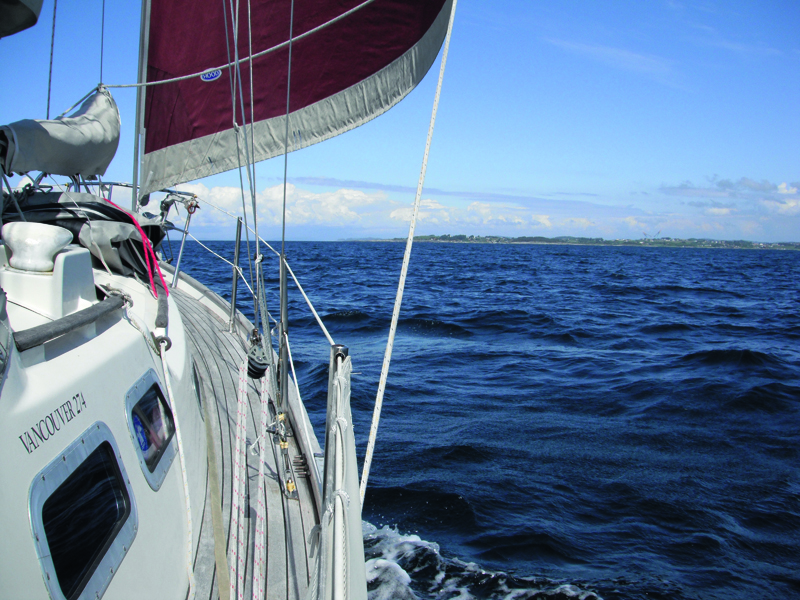If you’re looking for the forms referred to in the October 2016 issue of PBO download them here.
PBO contributor Sticky Stapylton has compiled a handy guide to working out tidal heights for standard and secondary ports.
Standard ports are those where the tides have been checked and records made over many years.
Secondary ports are those that are of less importance, for which the tides can be worked out using standard port data.
Sticky says: ‘Assuming your charts have been updated from the appropriate Notices to Mariners websites, the major concern when entering a river, estuary or harbour is that although you have a date on your chart, you may not know how current the latest survey is, you do not know when the area was last dredged, and you will only be able to make a rough guess as to how much high or low pressure weather systems will affect your height of tide.
‘The essential principle is that you must add a buffer in the way of time and of height in order to be safe: I also always try to avoid entering a port on a falling tide.
‘There are many electronic programmes that will give you an idea of the rise of tide, but be aware there are going to be differences in the answers you achieve.’
Find the full article and a step-by-step guide in the March 2014 issue of Practical Boat Owner magazine. Browse the online copy service to browse for more archived articles.
Click here to download Sticky’s Secondary Port tidal prediction form
A handy guide to using traditional skills for navigation
PBO contributor Sticky Stapylton shows how to work out an estimated position and course to steer
Essential checklist for planning a passage
PBO contributor Sticky Stapylton's handy guide to planning and making a passage
12 diesel bug treatments tested
Diesel bug can clog filters and starve your boat engine of fuel just when you need it most. Can diesel…
How to sail to Australia from the UK in a small boat
Kate and Jonny Harrison dreamed of a round-the-world backpacking tour to Australia – but then their plans took a nautical
A cure for leaky chainplates
The illustration shows the only way I have been able to stop through-deck chainplates from leaking. The ‘bonnet’ is made…
DIY Sail repairs – how to do a ‘get you home’ repair
Ben Meakins tries out some useful temporary sail repair methods that will tide you over until you can get to…
Vinyl wrap your boat’s hull
When Tim Powell bought a 30-year-old Gib’Sea 28 he knew that one of his first jobs would be getting the…
Boat water tank treatments tested
The ‘tank taste’ you get from a boat’s fresh water tank can be pretty unpalatable, especially if you’re feeling seasick.…
What to do when you run aground
Whether you go to sea under power or sail, you'll almost certainly find yourself aground at some point in your…













